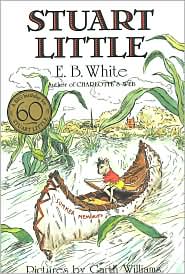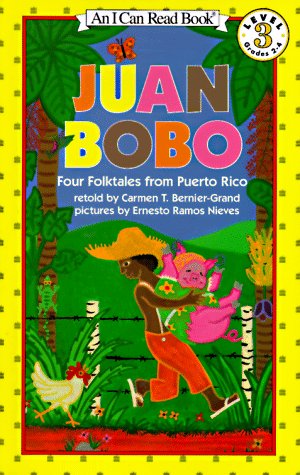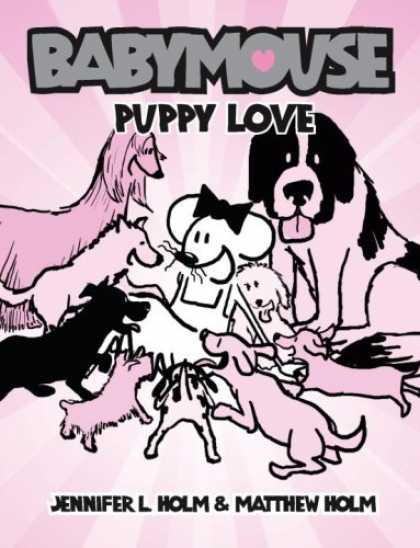
Shiloh
by Joyce Naylor
My response to this novel was recorded on Voice Thread
My Voice thread link:
http://cedncsu.ed.voicethread.com/share/419639/
This novel is about a beagle, named Shiloh, and a boy, named Marty, and the bond that they form. The dog is abused and neglected by his owner and the boy tries to save him. He hides him for a while, but then gets caught. The boy has to work out a deal with the owner so he can keep the dog. This is a great book for students to read and relate to about their personal experieces and relationships with their own pets.












